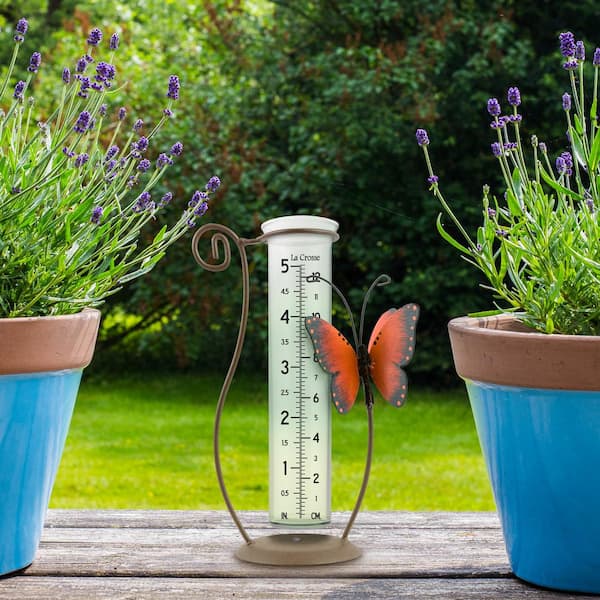The Rain Gauge: Equipping Areas with Precise Rain Information
The Rain Gauge: Equipping Areas with Precise Rain Information
Blog Article
Do It Yourself Rainfall Scale: Basic Actions to Make Your Own
Producing your own Do it yourself rainfall gauge is a effective and easy method to videotape and measure rainfall. With just a few usual products and some standard steps, you can quickly build your very own rainfall gauge at home. Allow's get started on making your Do it yourself rain gauge today!
Gather Products
To begin constructing your DIY rain gauge, gather all the needed products utilizing an extensive listing of items. Having the best products on hand will certainly ensure the effective creation of your rainfall scale and permit for accurate dimensions of rainfall. Gathering these products in advance will certainly improve the construction process and make sure that you have every little thing you require to develop your very own DIY rain scale.
Prepare the Container

Mark the Measurement Increments
To properly measure the amount of rainfall, accurately marking the dimension increments on your do it yourself rain gauge is necessary. Without clear and exact markings, it would certainly be challenging to identify the exact amount of rains accumulated in your rain gauge. Below are the actions to note the measurement increments on your rainfall scale.
The most usual devices for determining rainfall are millimeters and inches. As soon as you have selected the device, make use of an irreversible pen or water resistant paint to mark the increments on the side of your rain scale.
When noting the increments, it is essential to guarantee that they are uniformly spaced and clearly noticeable. Make use of a ruler or gauging tape to guarantee accuracy and uniformity. Furthermore, make certain that the markings are immune to fading or rubbing off, as direct exposure to the elements might cause them to degrade gradually.
Place the Rain Gauge Outdoors
The rainfall gauge ought to be positioned outdoors to properly accumulate rainfall data. The location chosen for the rain gauge ought to be totally free and open from any kind of obstructions that could potentially influence the measurement of rains. The Rain Gauge.
Furthermore, it is essential to position the rainfall scale on a steady surface, such as a degree ground or a tough blog post. This will stop any movement or tilting of the scale, which could cause incorrect dimensions. It is also recommended to prevent placing the gauge near any type of resources of fabricated water, such as lawn sprinklers or drainage systems, as this can conflict with the accuracy of the measurements.
Monitor and Document Rainfall Information
Regular tracking and recording of rains information is crucial for precise data analysis check this site out and analysis. By monitoring rains dimensions, you can gain important insights into weather patterns, climate fads, and water resource administration. To efficiently monitor and record rainfall information, it is very important to establish a regular and preserve consistent techniques.
First of all, make sure that your rainfall gauge is positioned in an open area away from obstacles such as trees or buildings that might obstruct rains. Furthermore, make sure the rain gauge is degree and firmly secured to avoid any type of movement that could impact the precision of the dimensions.

When tape-recording the rains data, it is very important to keep in mind the day and time of each dimension. Utilize a leader or a gauging stay with figure out the rains deepness in the rain scale, and record this information properly.
To ensure the accuracy of the dimensions, it is advised to empty the visit homepage rainfall gauge after each recording. This will avoid any overflow or evaporation from impacting succeeding dimensions.
Conclusion
In final thought, producing a DIY rainfall scale is a sensible and easy method to monitor and tape-record rains information (The Rain Gauge). By adhering to the actions described in this write-up, you can quickly collect materials, prepare the container, note the measurement increments, and position the rainfall scale outdoors. Routinely monitoring and recording rains data can provide important wikipedia reference details for different functions
Having the best products on hand will certainly ensure the successful production of your rainfall gauge and allow for exact dimensions of rains.To precisely gauge the amount of rainfall, precisely marking the measurement increments on your Do it yourself rainfall gauge is crucial.The rain gauge should be positioned outdoors to precisely gather rains data. The area picked for the rainfall scale must be open and totally free from any type of obstructions that can potentially affect the measurement of rainfall.In final thought, creating a DIY rain scale is a easy and sensible way to keep an eye on and tape-record rains information.
Report this page